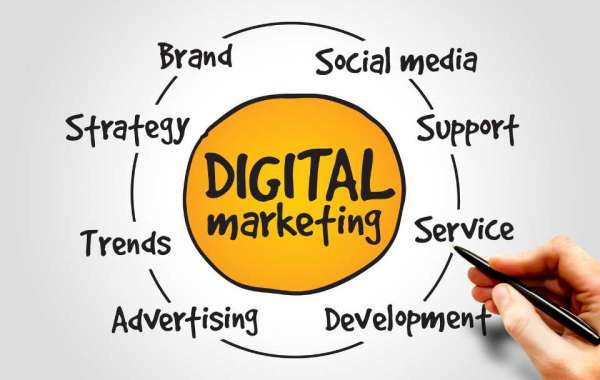In today’s hyper-digital world, your website is often the first interaction potential customers have with your business. As such, having a modern, user-centric web design isn’t just a luxury — it's a necessity. Whether you're launching a startup, rebranding your business, or simply looking to stay ahead of your competitors, understanding the principles and trends of modern web design can make all the difference.
What is Modern Web Design?
Modern web design is more than aesthetics. It's a combination of clean visuals, intuitive navigation, responsive layouts, and user experience (UX)-driven strategies. It blends creativity with functionality, ensuring that your website doesn’t just look good but also performs flawlessly across all devices.
Why Modern Web Design Matters for Businesses
First Impressions Count Your website is your digital storefront. A well-designed site builds trust and credibility instantly.
Improves User Experience A modern layout that’s easy to navigate helps visitors find what they need quickly, reducing bounce rates and increasing engagement.
Boosts SEO Search engines favor websites that are mobile-friendly, fast-loading, and secure — all key aspects of modern design.
Enhances Conversion Rates Strategically placed call-to-actions (CTAs), easy navigation, and responsive design lead to higher conversion rates.
Reflects Brand Identity Modern design helps communicate your brand’s personality and values, which is essential for standing out in a crowded marketplace.
Key Elements of Modern Web Design
1. Responsive Design
With mobile traffic dominating the internet, responsive design is non-negotiable. Your site should adapt seamlessly to different screen sizes, ensuring a consistent experience on desktops, tablets, and smartphones.
2. Minimalism and White Space
Less is more. Clean layouts with ample white space help direct users' attention to important elements and reduce cognitive overload.
3. Fast Loading Times
Slow websites lose visitors. Optimize images, use proper caching, and minimize code to keep your website speedy.
4. Clear Typography
Fonts should be readable, scalable, and consistent throughout the site. Good typography enhances the overall user experience.
5. Compelling Visuals
High-quality images, videos, and graphics can make your website visually appealing and help communicate your message effectively.
6. Intuitive Navigation
Users should be able to find what they’re looking for in just a few clicks. Clear menus, sticky headers, and smart categorization are key.
7. Accessibility
A modern website should be usable by everyone, including people with disabilities. This includes proper contrast, keyboard navigation, and screen reader compatibility.
8. Security
HTTPS encryption, regular updates, and secure forms protect your site and user data, building trust with your audience.
Emerging Trends in Web Design (2025 and Beyond)
AI and Chatbots: Offering instant customer support and personalized experiences.
Dark Mode: A stylish, eye-friendly option that’s gaining popularity.
Micro-Interactions: Subtle animations that enhance usability.
Voice Search Optimization: Preparing for a voice-driven web.
Neumorphism and Glassmorphism: Sleek visual styles that modernize the interface.
Choosing the Right Web Design Partner
If you’re not a designer yourself, hiring a professional web design agency is a smart move. Look for a team that:
Understand your business goals.
Has a strong portfolio.
Offers ongoing support.
Stays current with the latest design trends.
A locally trusted agency can make a huge difference. If you're a business owner in Ontario, consider working with experts in web design in Mississauga. Not only will you get a site that looks great and performs well, but you’ll also benefit from local insights and personalized service.
How to Get Started
Define Your Goals: What do you want your website to achieve? More leads, online sales, and brand awareness?
Research Your Audience: Understand their needs, behaviors, and expectations.
Plan Your Content: Quality content is key to engaging users and improving SEO.
Choose the Right Platform: WordPress, Shopify, and custom solutions each have their strengths.
Invest in SEO: A great website still needs to be found.
Final Thoughts
Modern web design isn’t just a trend — it’s a strategic asset for your business. It influences how customers perceive you, interact with your brand, and ultimately, whether they convert. By embracing modern design principles, you’re not just keeping up with the times; you’re positioning your business for long-term success.
Ready to take your online presence to the next level? Connect with experts in web design Mississauga to build a website that works as hard as you do.










